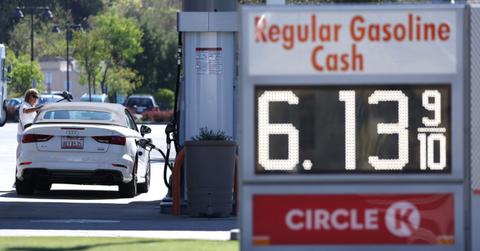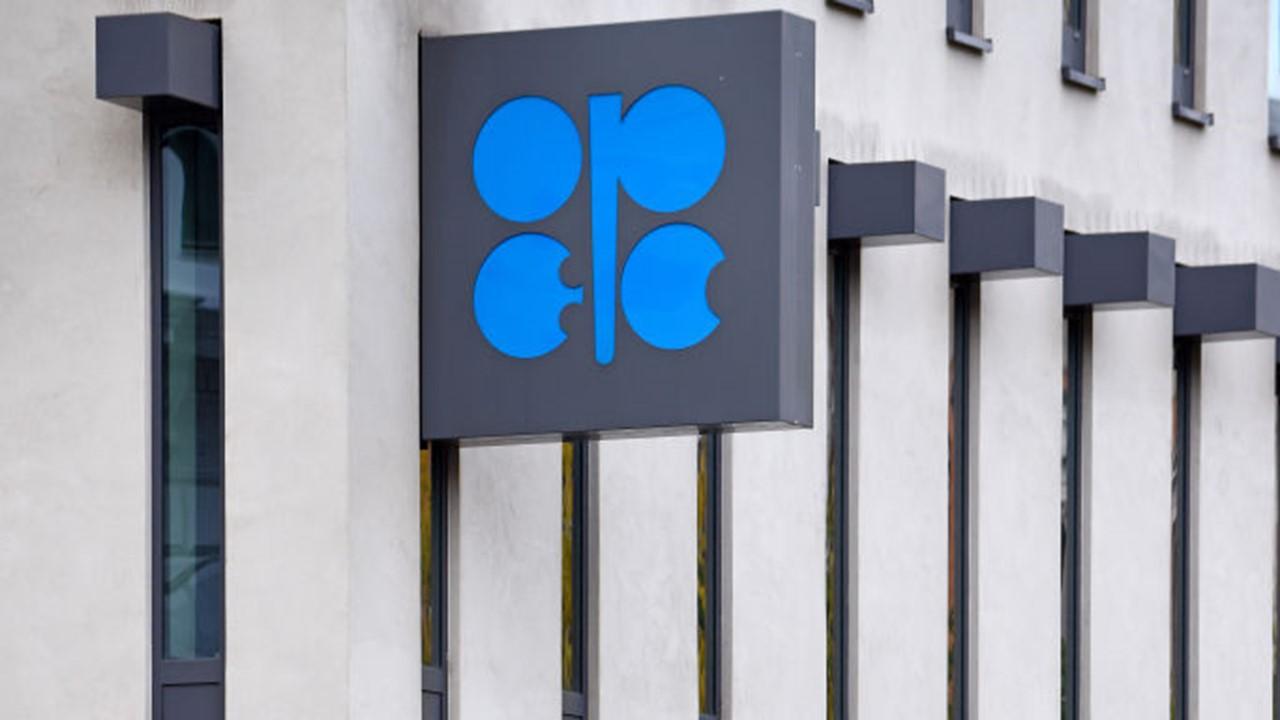Gas Prices Have Gone Up Again, and Will Probably Rise More in 2023
Gas prices are on the rise again — and it’s a global issue. Here’s why the latest moves from OPEC+ could lead to even more price hikes at the pump.
Oct. 3 2022, Published 11:18 a.m. ET
Gas prices are on the rise again — and it’s a global issue. Supply and demand in the oil markets is a delicate balance, and international oil leaders could be squeezing supply for the purpose of higher costs.
Here’s why the latest moves from OPEC+ (Organization of the Petroleum Exporting Countries) could lead to even more gas price hikes.
OPEC+ is considering cutting the oil supply, which will impact gas prices.
OPEC+, a group of 23 oil-importing countries (and an expansion of the original OPEC to include OPEC allies), is one of the world’s leading oil producers. Made up largely of Middle Eastern and African nations, OPEC+ contributes 28 million barrels of oil per day. That’s about 30 percent of the total global output.
However, OPEC+ is reportedly considering trimming that output by about 1 million barrels of oil daily.
The group is set to meet in person for the first time in two years in Austria on Wednesday, Oct. 5. Dan Pickering, the CIO of Pickering Energy Partners, told reporters, “The OPEC ministers are not going to come to Austria for the first time in two years to do nothing. So there’s going to be a cut of some historic kind.”
Gas prices are already jumping in anticipation of the OPEC+ meeting.
A supply crunch like this would ripple out to consumers filling up at gas stations, leading to a resurgence in super-high fuel costs at the pump. Gas prices are already going up again, largely due to the anticipation of more uncertainty.
In addition to anticipated changes made by the international oil cartel OPEC+, gas prices are increasing due to Brent crude futures and other oil futures popping at the beginning of the week. Then there are the U.S. oil reserves, up to a full 10 million barrels being sold in November in what the federal government hoped would stabilize tumultuous energy markets.
Pickering told reporters, “We’re going to see more support from the supply side if sanctions kick in from Europe towards the end of the year [and] as the U.S. [Strategic Petroleum Reserve] begins to shut down its deliveries in November.”
Consumers should expect more gas price hikes in the future.
Remember when oil hit $100 a barrel? You don’t have to look back far. Oil prices fell below the $100 mark in July for the first time since May. Now, we may be looking at the face of another hike above $100 a barrel, potentially in early 2023.
According to data from AAA, the average gas price in the U.S. on Monday, Oct. 3 is $3.799, up about 7.4 cents from the previous week.
For consumers already riddled with high interest rates and lasting inflation, expensive gas will eat into their pockets, too. Gas prices at the pump and in your home could require households across America and the world to tighten their budgets. Ahead of the holiday season, this could make staying at home an economical choice for some, even after years of pandemic-driven social distancing during the holiday season.


